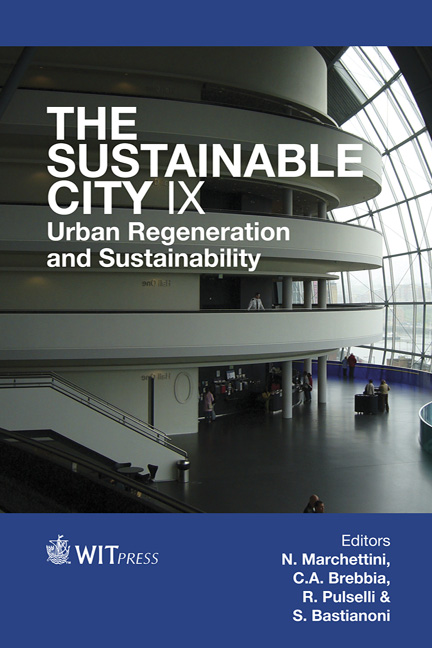Smart Experiential Paths And Historical Urban Landscape: A Case Of Sustainable Enhancement
Price
Free (open access)
Transaction
Volume
191
Pages
12
Page Range
1153 - 1164
Published
2014
Size
294 kb
Paper DOI
10.2495/SC140972
Copyright
WIT Press
Author(s)
M. Sepe
Abstract
One of the most recent modalities used for the local development of a territory consists in the construction of integrated systems for the management of cultural resources to be benefited through experiential paths. These paths are designed in order to identify existing heritage and, at the same time to support and/or stimulate the development of creative industries.
The experiential knowledge of a place can be further improved and virtualized using smart technologies to be applied by the territorial system in all its complexity. In order to frame the issue of territorial experiential paths, the proposed study, carried out in the framework of the research “The historic urban landscape as a resource for local development: an innovative approach for smart strategies to value creation” – within the PRIN – Project of Relevant Italian National Interest, specifically related to the Unesco Recommendation (2011) on the Historical Urban Landscape, aims to illustrate their definitional aspects and its evolution, and how to sustainably organize the territory in order to accommodate those paths. The synthesis of the case study of Pompeii, in the course of development, devoted to identify the cultural and identity resources in order to both widen and differentiate those archaeological ones and create a smart sustainable experiential knowledge of the territory, concludes the contribution.
Keywords
experiential paths, place identity, smart innovation, sustainable development, creativity





